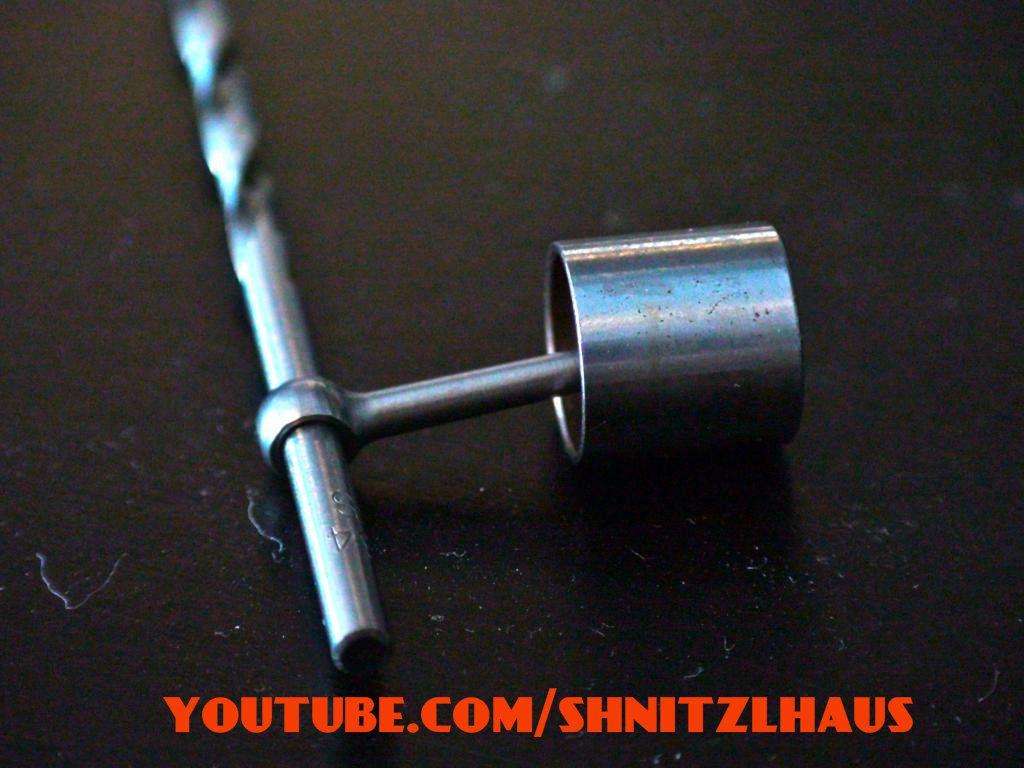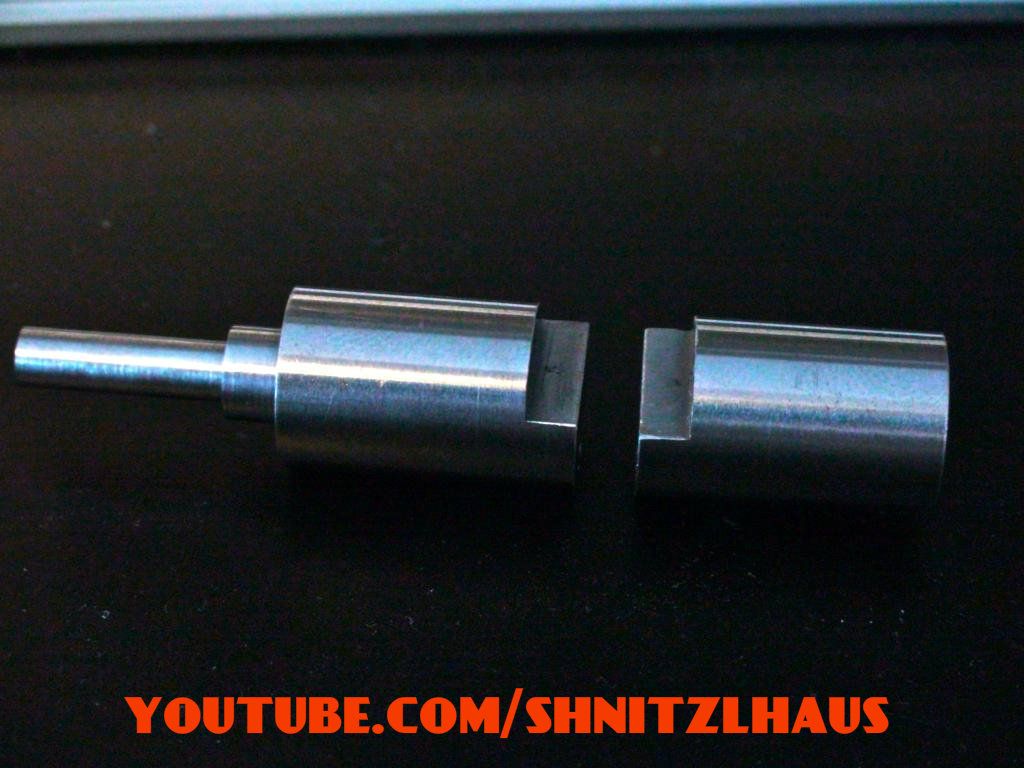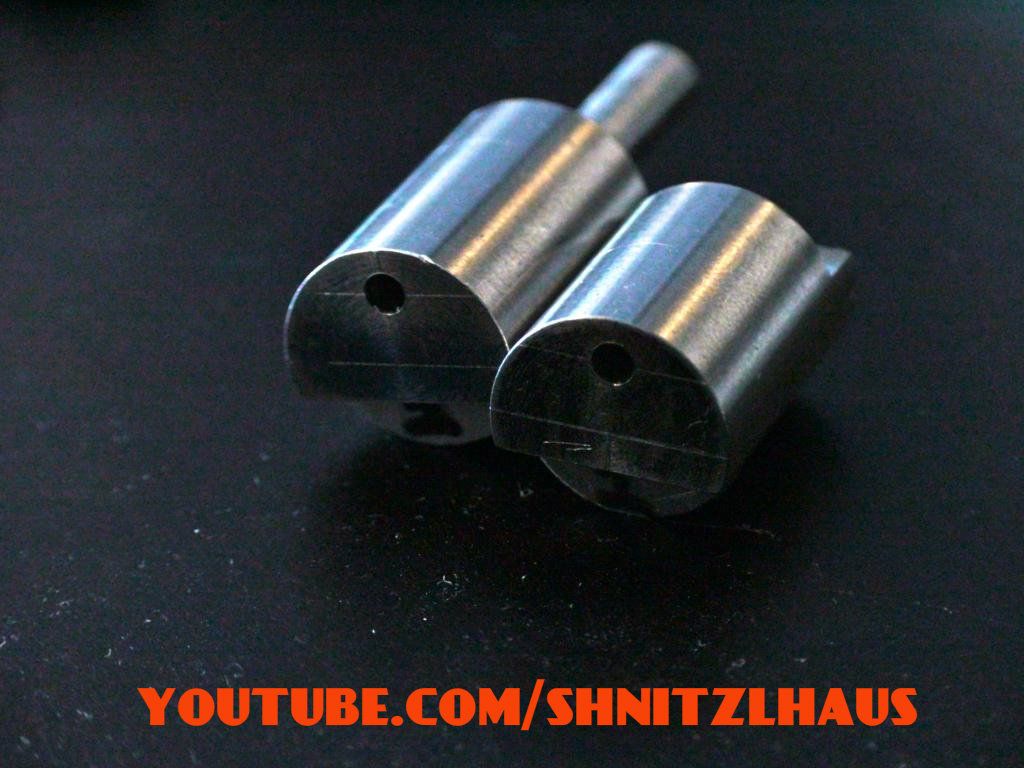I am building jerry james hex two.
currently as I am building it I am noting areas that I would like to see improvements on, right after this engine breathes life I will jump right back in to build my version of this engine.
I also plan on documenting my second build on video
sorry I am not taking you all on for the ride, first engine and its sometimes a handful, dont want to complicate things with a camera in the way, expecially when I am using the bigger tools like the bridgeport and harrison lathe.
I am very happy with the progress and my ability to make these parts, took me years of watching all you before I decided to jump in. amazing myself every day!
now just to clarify, the cox cylinder assembly, piston, carburator and plug boot have been purchased
for all your cox needs you really should check out these guys! very kind family run business.
http://coxengines.ca/

currently as I am building it I am noting areas that I would like to see improvements on, right after this engine breathes life I will jump right back in to build my version of this engine.
I also plan on documenting my second build on video
sorry I am not taking you all on for the ride, first engine and its sometimes a handful, dont want to complicate things with a camera in the way, expecially when I am using the bigger tools like the bridgeport and harrison lathe.
I am very happy with the progress and my ability to make these parts, took me years of watching all you before I decided to jump in. amazing myself every day!
now just to clarify, the cox cylinder assembly, piston, carburator and plug boot have been purchased
for all your cox needs you really should check out these guys! very kind family run business.
http://coxengines.ca/






















































![DreamPlan Home Design and Landscaping Software Free for Windows [PC Download]](https://m.media-amazon.com/images/I/51kvZH2dVLL._SL500_.jpg)


![MeshMagic 3D Free 3D Modeling Software [Download]](https://m.media-amazon.com/images/I/B1U+p8ewjGS._SL500_.png)







